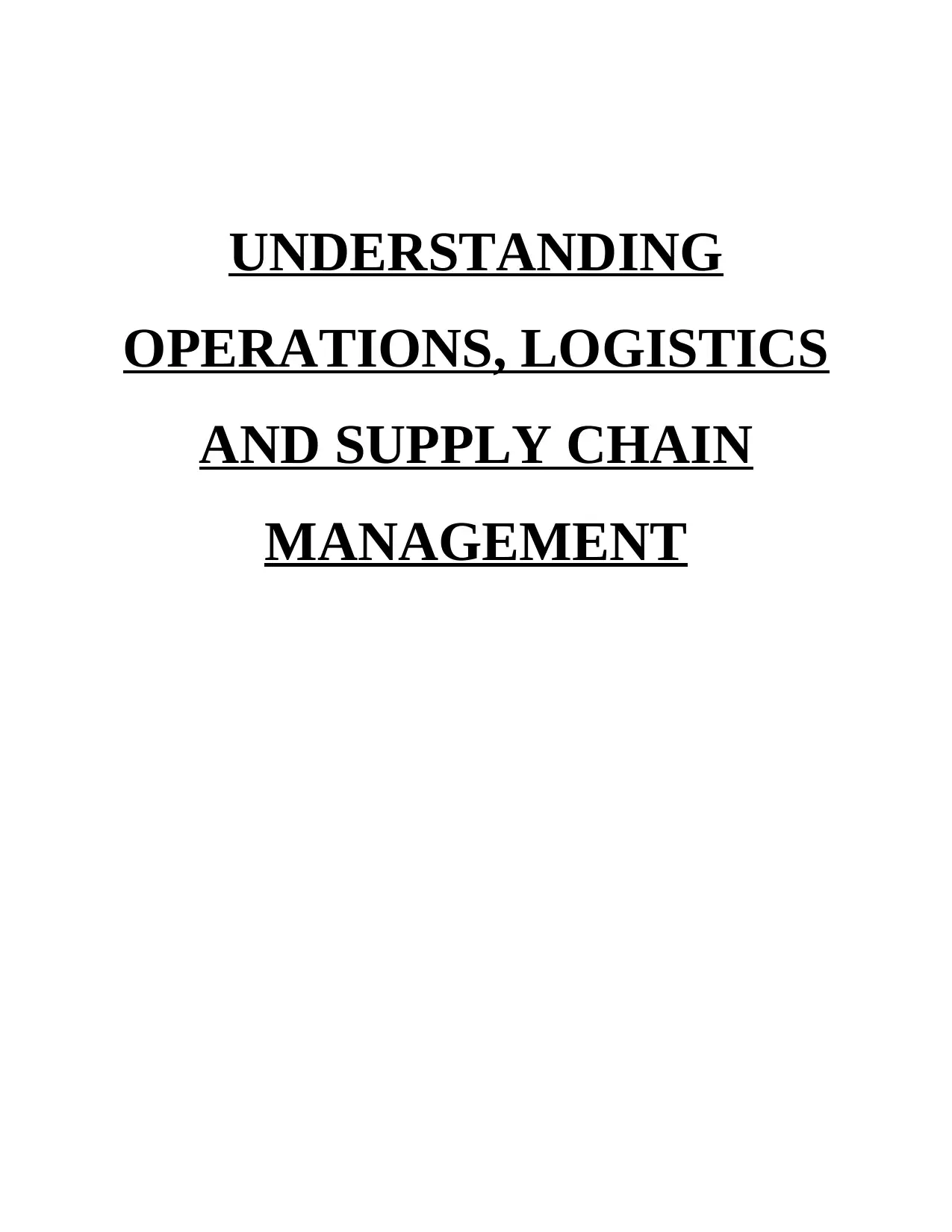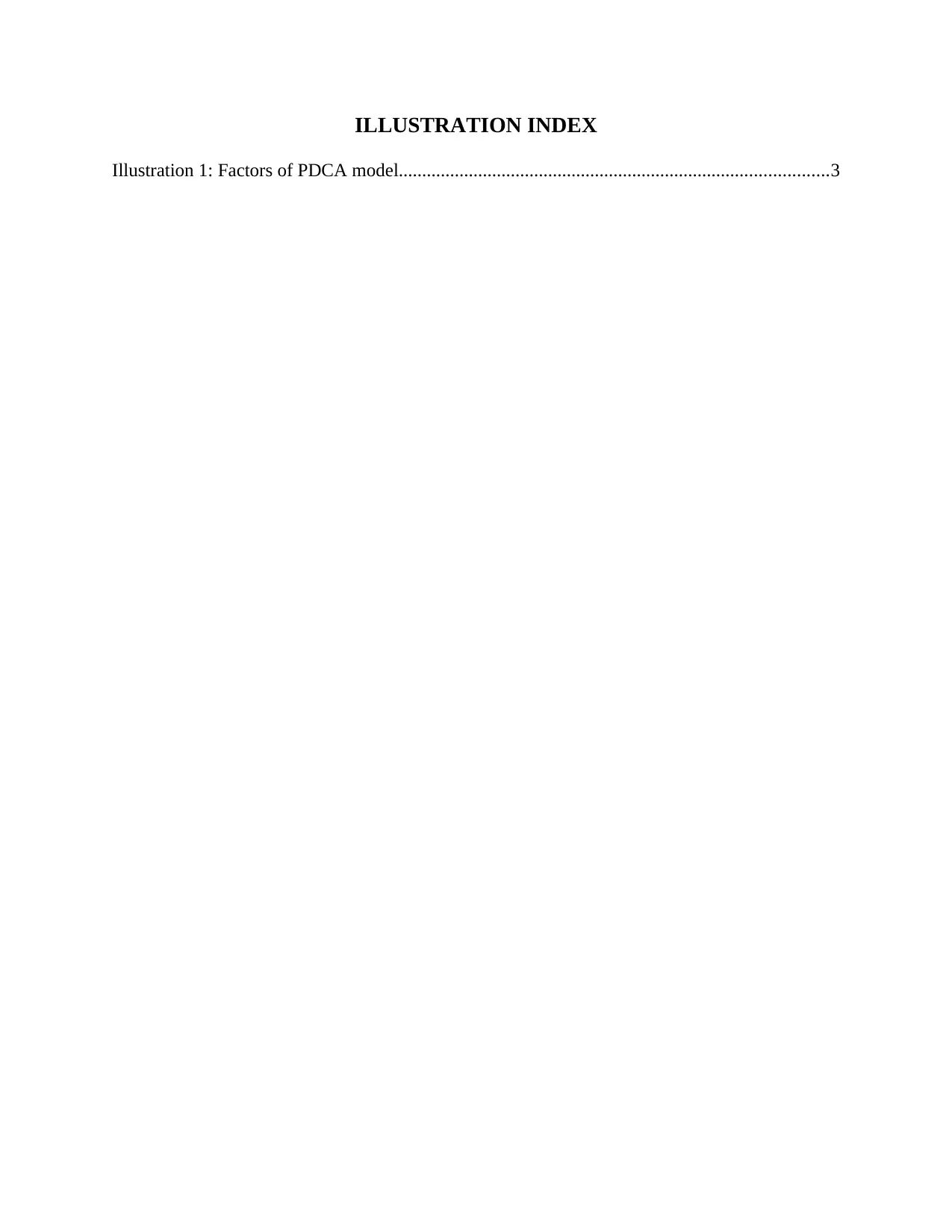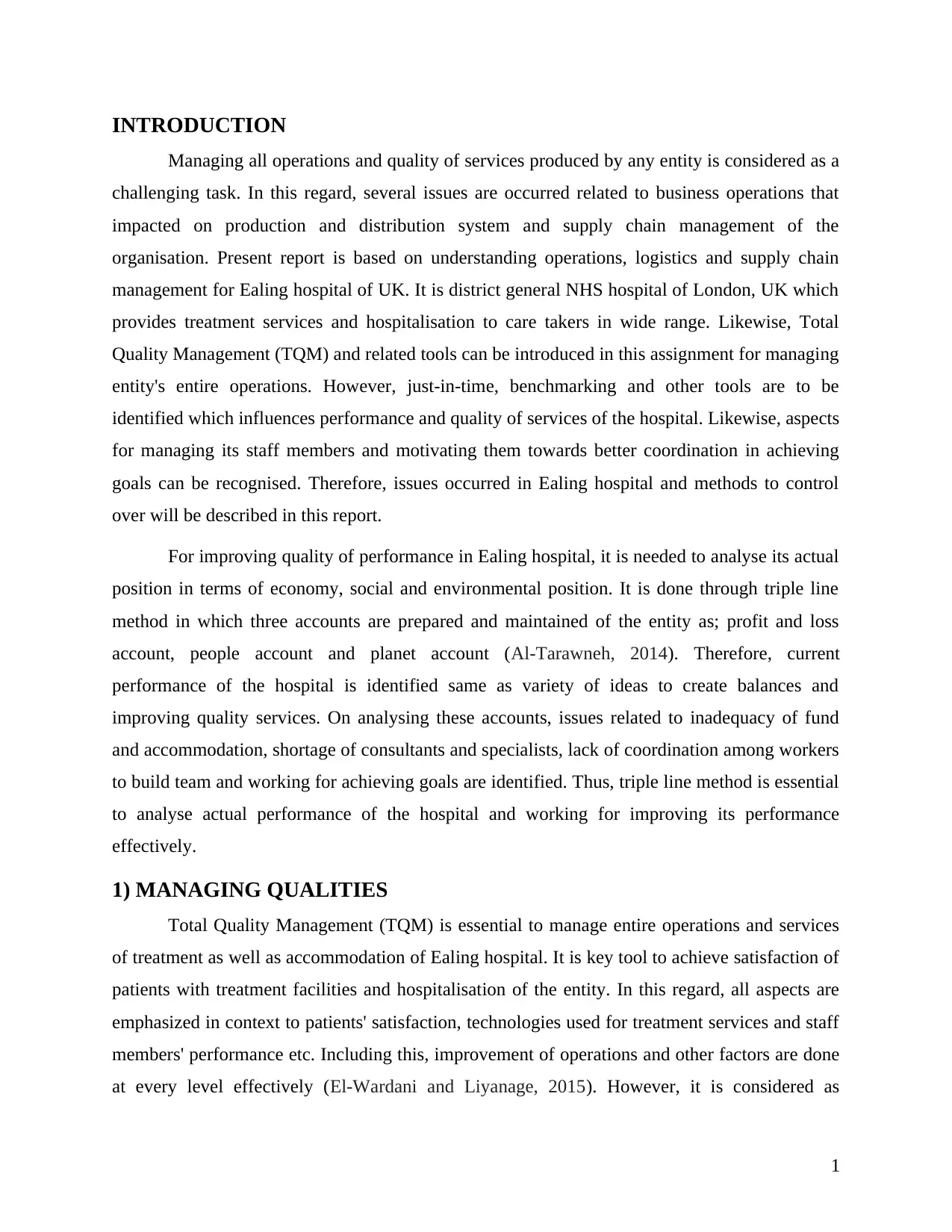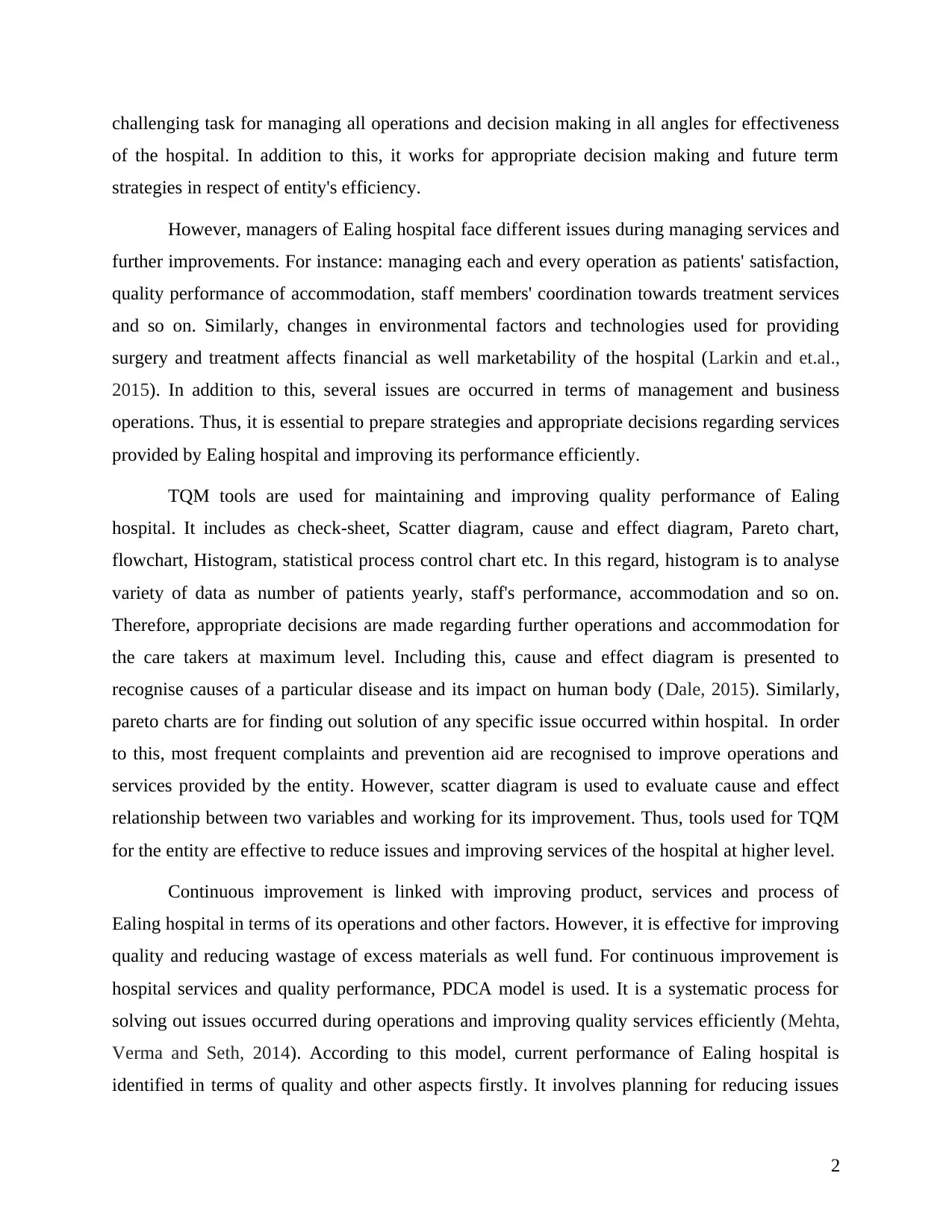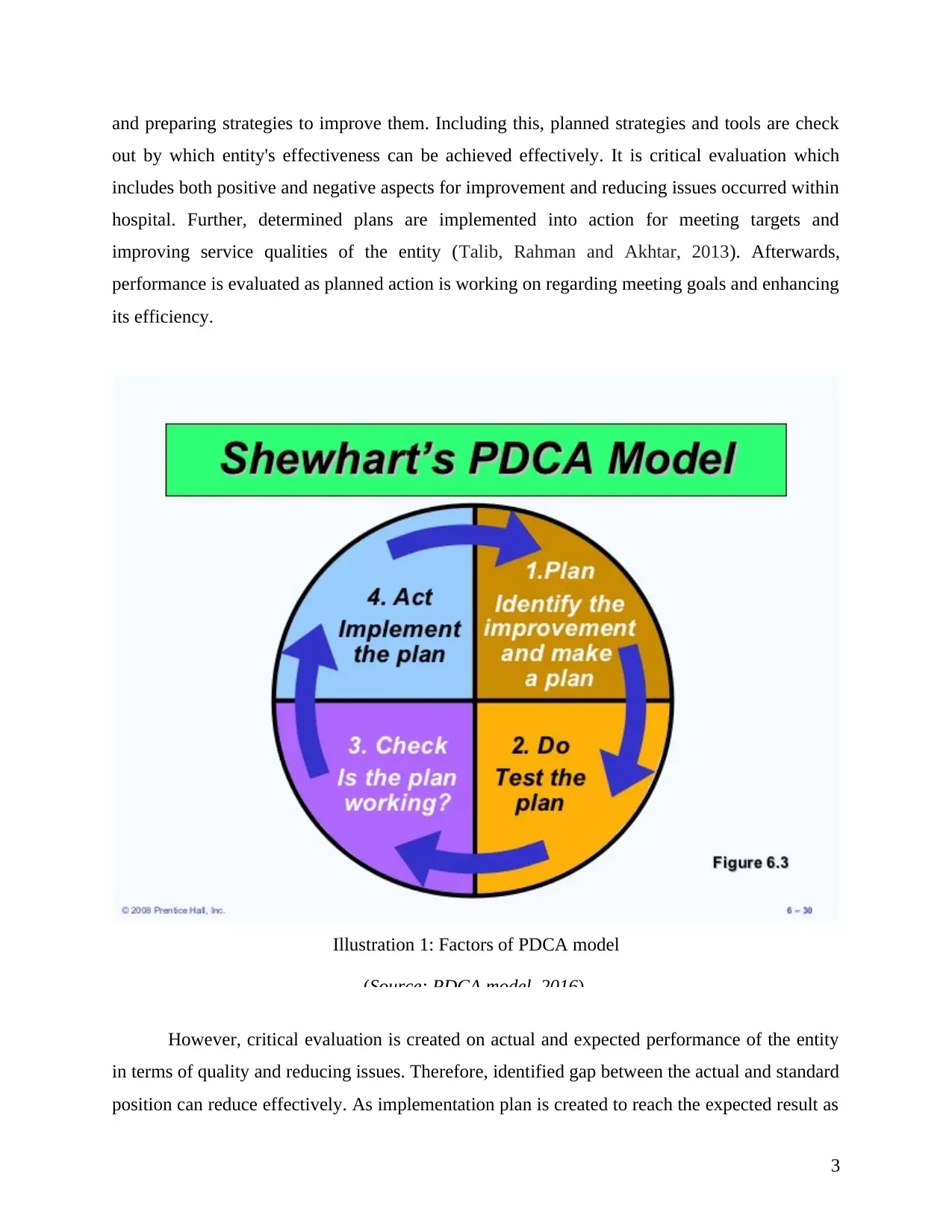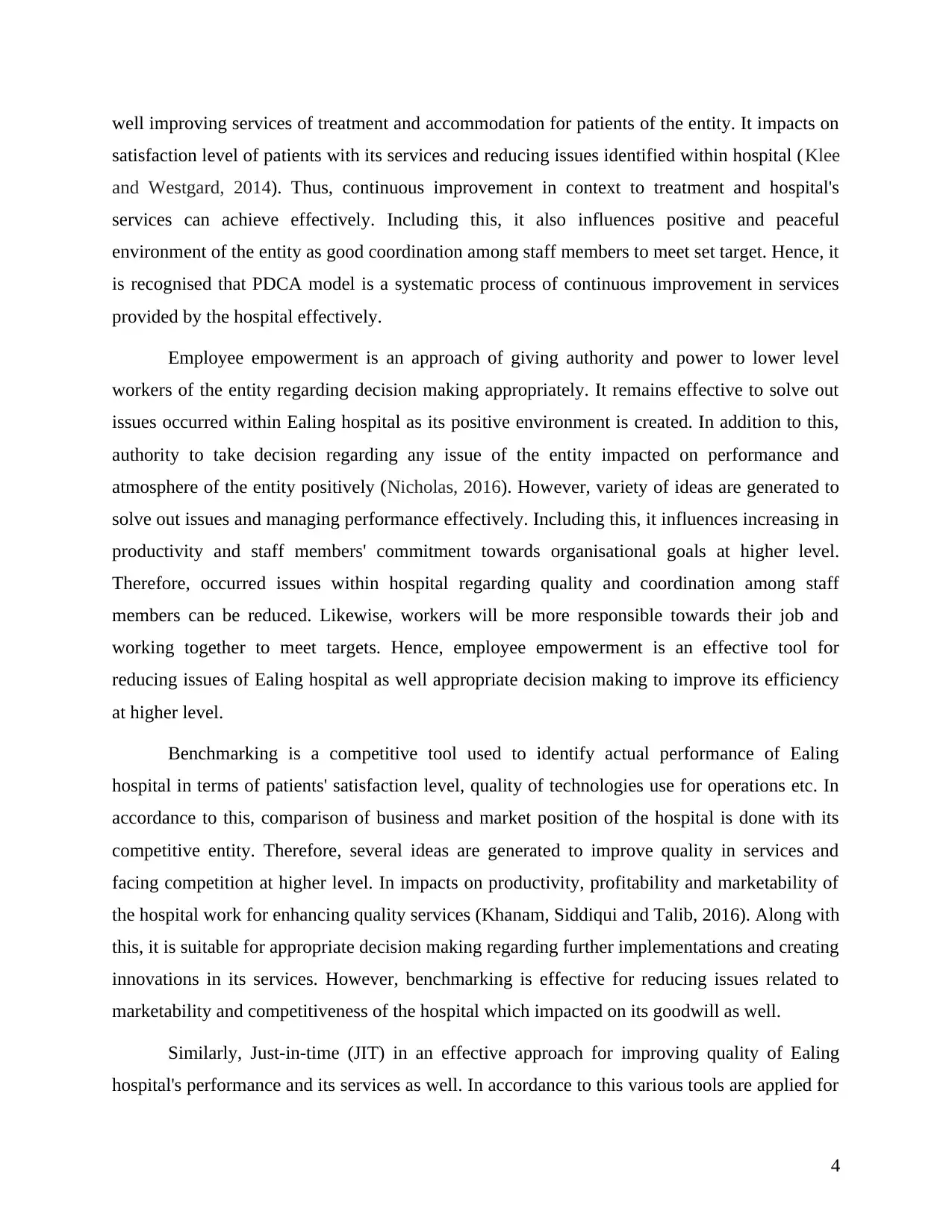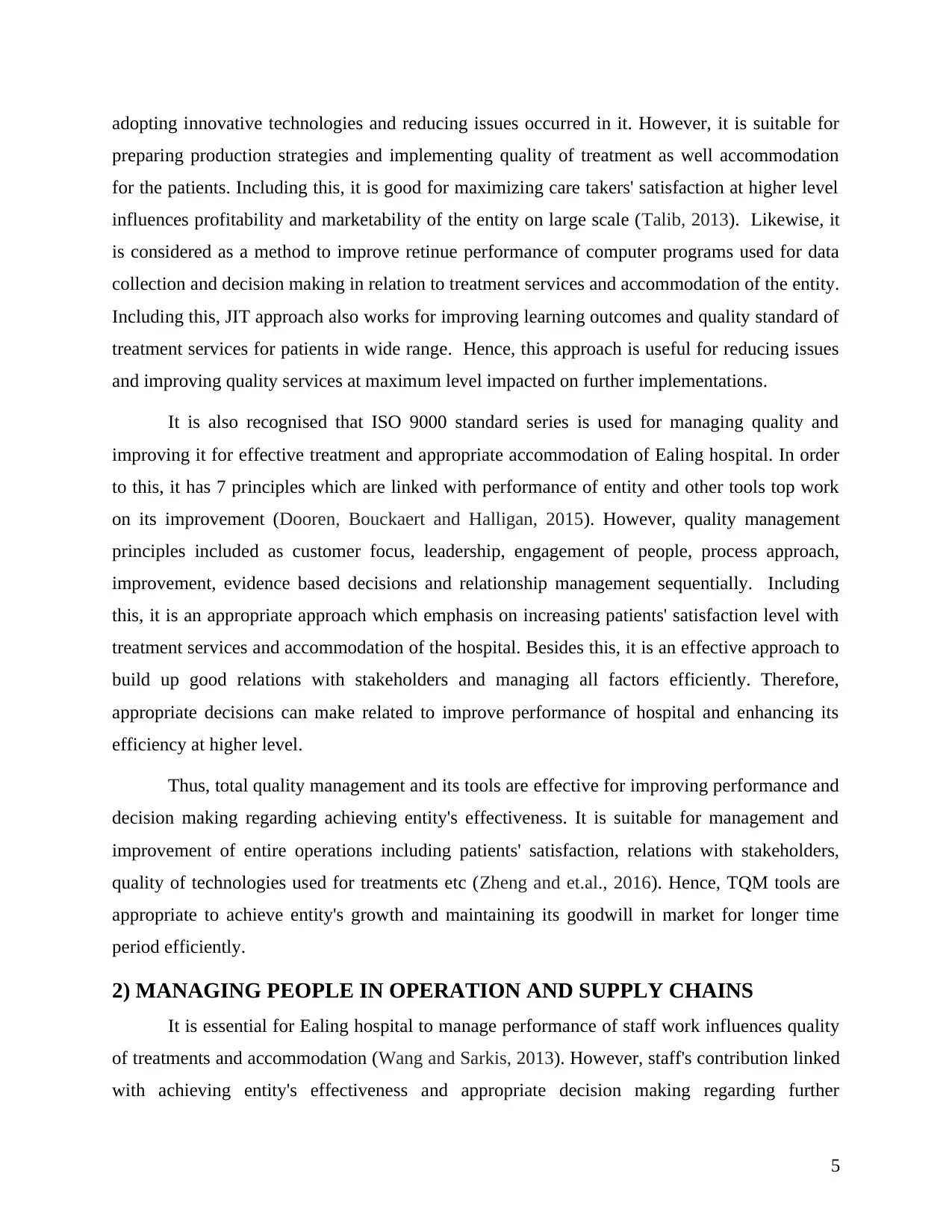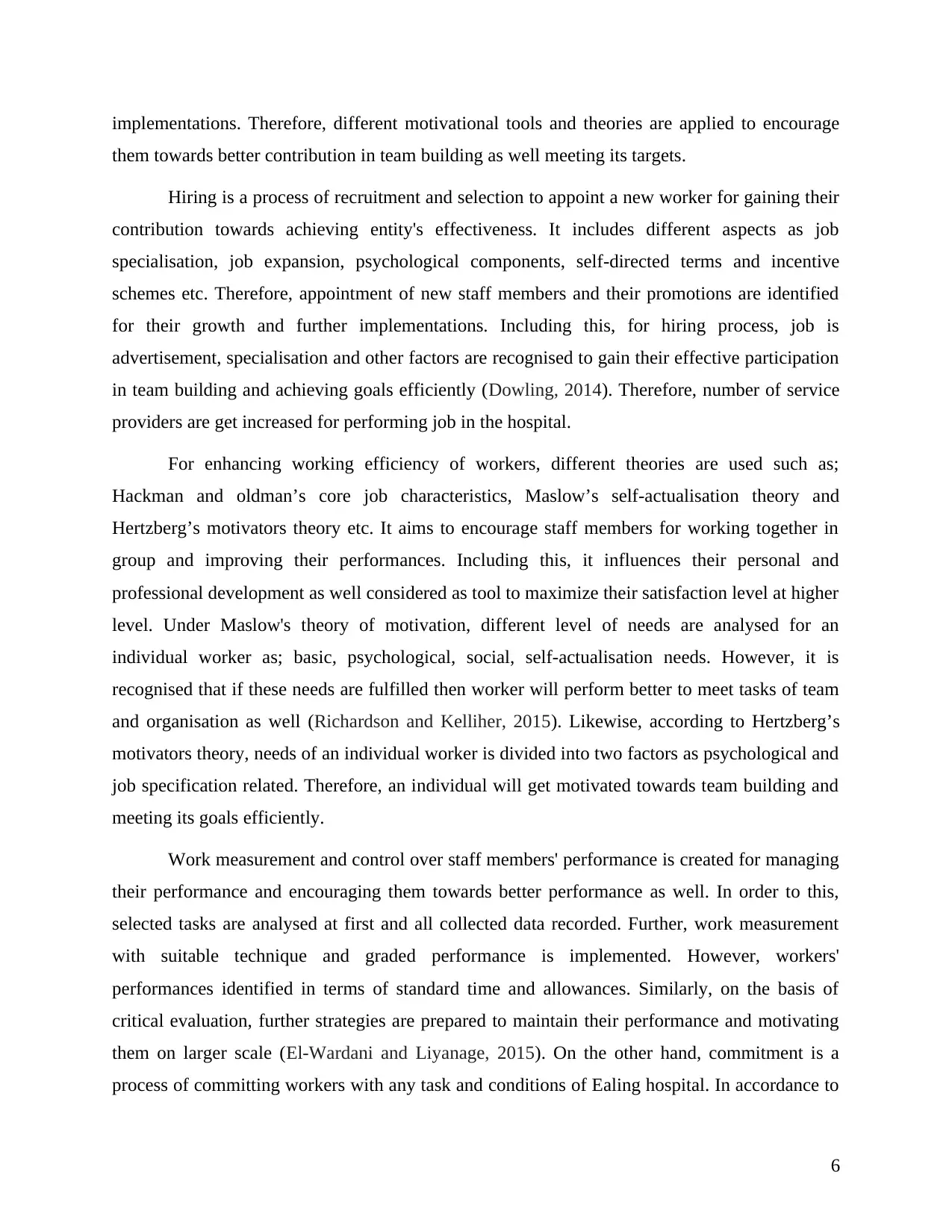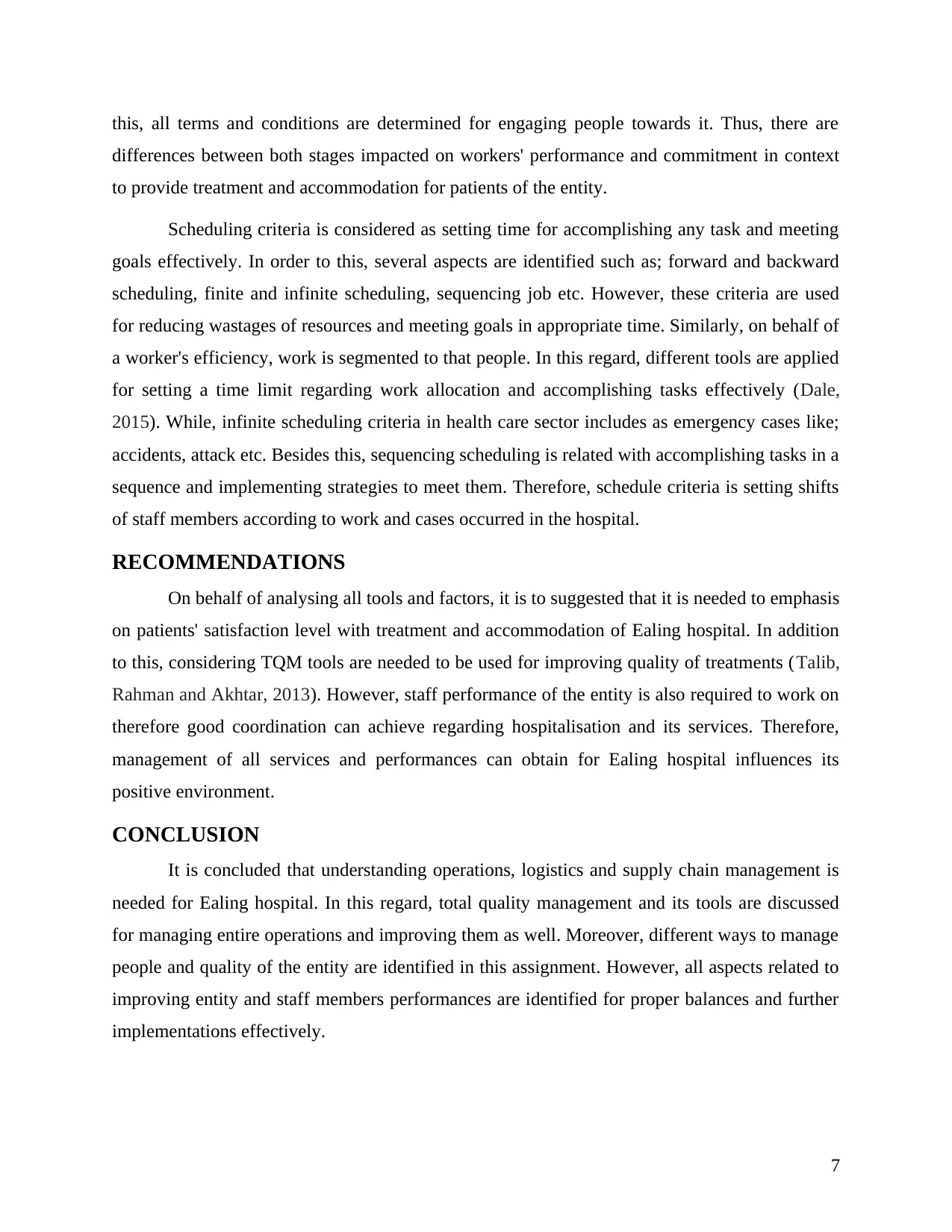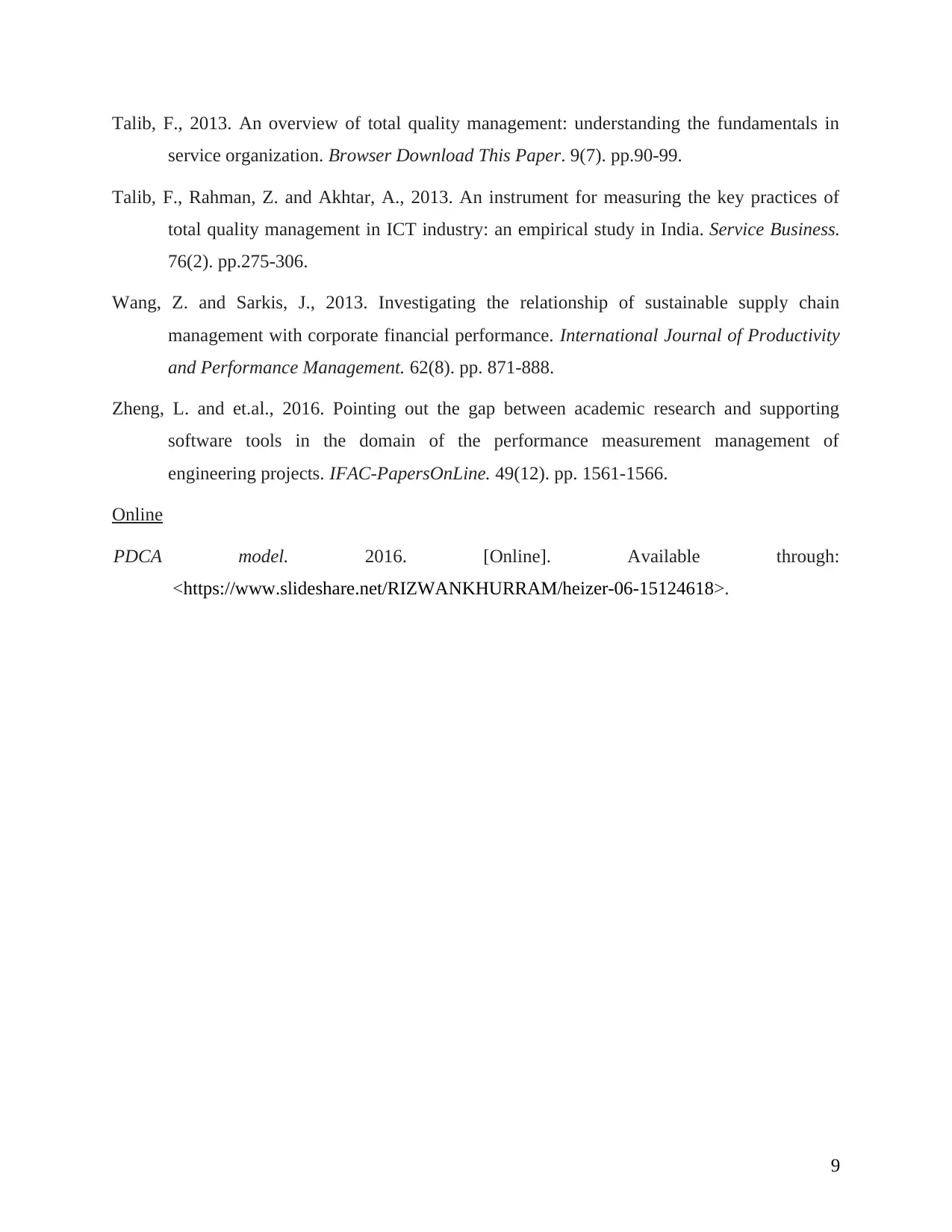The given assignment is a comprehensive analysis of quality management and benchmarking practices. It draws from multiple sources, including academic papers, books, and online resources. The primary focus is on understanding the key concepts and principles of quality management, as well as the importance of benchmarking in various industries such as engineering asset management, oil and gas production, and total quality management. The analysis covers a range of topics, including the PDCA (Plan-Do-Check-Act) model, hoshin kanri, remote working, managing visibility for career sustainability, and sustainable supply chain management. The assignment aims to provide insights into the practical applications of these concepts in real-world scenarios.
![[object Object]](/_next/static/media/star-bottom.7253800d.svg)
![[object Object]](/_next/static/media/star-bottom.7253800d.svg)
